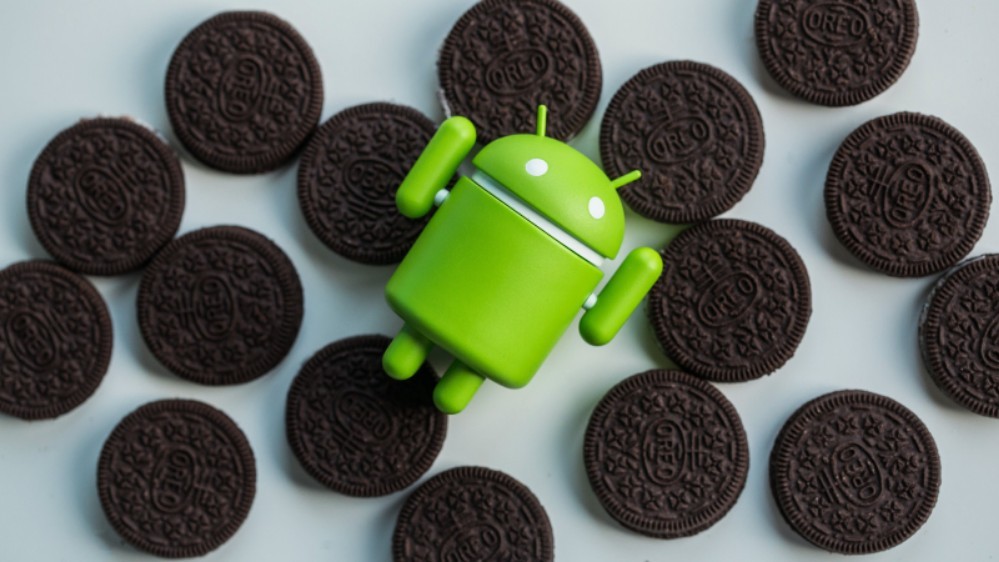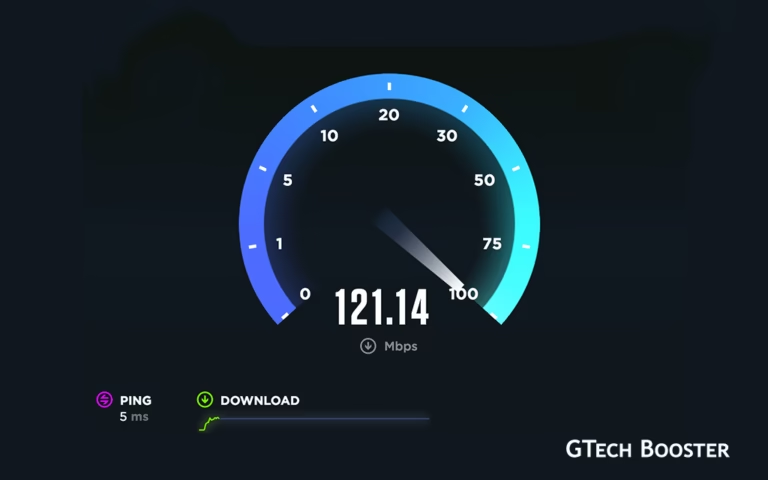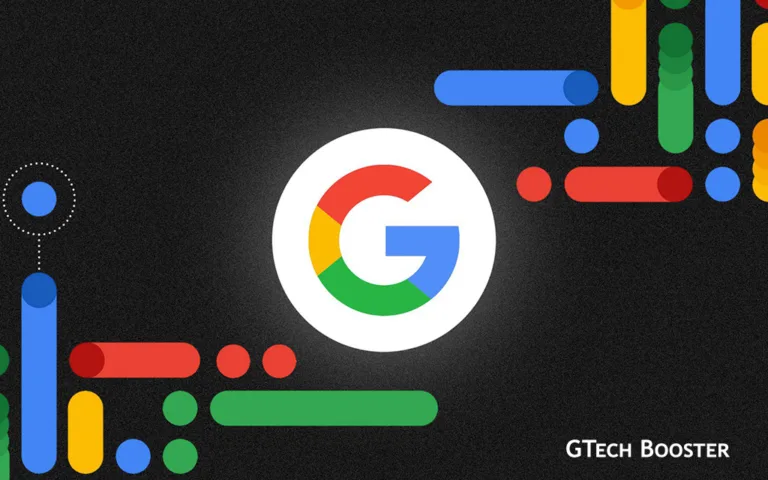Android Oreo: Developer features, usage analysis, and artistic metaphors

It’s official: the latest flavour of Android will now be known as Android Oreo. This is not the first time Google has gone brand-centric – 2013’s KitKat, sealed with a secret meeting with Nestle at that year’s Mobile World Congress, came before – but in a company blog for 8.0, Google adopted a superhero and superpower theme to the news. Where have we heard that one before?
“It’s smarter, faster and more powerful than ever,”
wrote VP of product management Sameer Samat. “It comes with new features like picture-in-picture and Autofill to help you navigate tasks seamlessly. Plus it’s got stronger security protections and speed improvements that keep you safe and moving at lightspeed.
“When you’re on your next adventure, Android Oreo is the superhero to have by your side (or in your pocket!),” Samat added.
You get the idea with that – although it’s worth noting that, as this publication has previously reported, the various developer previews meant not a lot was new in the final version.
In an introduction on the Android developers blog, Dave Burke, VP of engineering, noted the importance of the new features for general users, as well as some of the more interesting features on the developer side.
For devs, fonts can now be used in XML layouts, adaptive icons can be created – which the system displays in different shapes based on the preferences of the device manufacturer – and supports several new Java Language APIs, among others.
The full list of dev features also includes:
Autosizing text view – creating an array of preset text sizes, or set minimum and maximum sizes with a step granularity, making sure text grows and shrinks accordingly
Downloadable fonts and emoji – emoji can be updated without being limited to the device’s specifications. Pinning shortcuts and widgets to app launchers – as well as adding a specialised activity to help users create shortcuts. Wide-gamut colour for apps – imaging apps can now take full advantage of new devices with a wide-gamut colour capable display.
WebView enhancements – including adding an API to let apps handle errors and crashes
Yet who is likely to get the upgraded goodness? As per Google’s announcement, a variety of hardware makers, including Nokia, HTC, LG, Motorola, Samsung and Sony are scheduled to upgrade devices to 8.0 – although the details are somewhat spotty right now – while devices enrolled in the Android Beta Program will also receive the final version.
Writing on Medium, Jan Dawson, founder of Jackdaw Research, reminded readers that the last few versions of Android had achieved lower penetration than the first year than its predecessor. Jelly Bean saw 38% penetration, KitKat 30%, Lollipop 25%, Marshmallow 24%, and Nougat so far 14%. Added to that, a lot of the new features, such as autofill and emojis, are OS-dependent, meaning the average user will likely not see the upgrades for years.
Dawson calculated Oreo’s chances of penetrating the user base thus: KitKat and Lollipop stopped growing after approximately 15 months as the subsequent models moved in. Marshmallow continues to grow, and Nougat is still waiting to fully take off almost a year after its launch.














